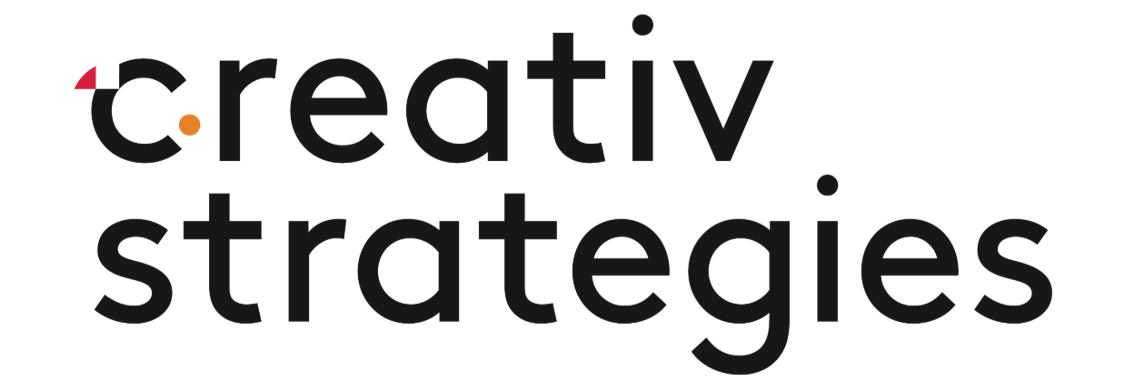Cultural Disruption in a Digital Age
On July 20th 1969, Neil Armstrong and Buzz Aldrin landed on the moon. An estimated 530 million people watched the live event globally. It was the largest broadcast ever recorded and the largest U.S. TV audience of all time with 150 million viewers. On February 28th, 1983 over 105 million people tuned into the final episode of M.A.S.H, Good-bye, Farewell, and Amen. On January 16th, 1991, roughly 118 million, or 1 and 3 Americans, watched CNN’s broadcast of the U.S. invasion of Kuwait.
These culturally ubiquitous moments were made possible by a singular universal medium – the television. The last half of the 20th century saw television as the undisputed distributor and reflector of culture. A platform through which every American received and processed the culture, entertainment, and news of the day. A nearly universal source of information.
These days Game of Thrones reigns ratings king with 19.3 million people tuning into the Season 8 finale. Despite owning the cultural zeitgeist, the ratings are a far cry from the megalith cultural moments of peak TV. We live in an age of media fragmentation, spawned by new digital disruption that has split our collective attention into many smaller segments.
Source - Axios Media Trends 5/21/2019
New media tech has put cameras in the hands of millions and social media has driven distribution costs to near zero. But innovation has come with unforeseen consequences. With zero media distribution costs, anyone can create and disseminate information. The same mediums that allow you to post baby and graduation photos have spawned rampant misinformation and allowed hate groups to proliferate.
What’s more, 68% percentage of people get at least some of their news from social media. Social algorithm, designed to keep your attention, continuously recycle sensational stories to keep you engaged and clicking. Add the presence of bad actors, click-bait sensationalism, and zero curation, and it’s apparent that we have a misinformation crisis on our hands.
The most malicious consequence of new media has been the echo chamber effect. Known in psychology as confirmation bias, the logical fallacy is the tendency to search for or interpret information in a way that confirms one’s preconceptions. You’re most likely to connect/follow like-minded people, giving social networks a nefarious tendency to simply confirm preconceived beliefs. This social malady is compounded by how digital algorithms respond to and serve us what we like, providing a media data loop designed to hold our attention.
If you are conservative, you will receive information confirming your most biased beliefs on a suite of issues – immigrants are criminals, democrats are socialists, and your traditional values are under attack. You’ll probably consume Breitbart, FOX news, or the Daily Stormer.
If you are liberal, you will likewise confirm your biases on a daily basis – immigrants are persecuted, Trump supporters are racists, and women and LGBT rights are under attack. You’ll probably read or watch OccupyDemocrats, MSNBC, or NowThis.
Below is a visual representation of our media echo chambers from MIT, showing social media connections between segments of the U.S. population.
Our media diet has split us to such degrees that whole populations have virtually no overlap. With no unified source of information, entertainment, or truth, how can we even begin a dialogue? When two sides debate with an entirely different set of facts, conversations have nowhere to go. There’s a reason we can’t agree on anything.
Cultural segmentation goes beyond news – it has lowered individual show ratings, narrowed movie goers, and split audiences across a dizzying array of media outlets. We’re gamers on Twitch, DIYers on YouTube, film buffs on Vimeo, memers on Reddit, and internet warriors on 4Chan. My personal inner nerd feels more fulfilled than ever. The birth of online communities has given marginalized groups community.
Yet, a scattered media diet has splintered our larger and collective culture. While new media tech has surfaced new voices, connected us to loved ones, and allowed us to share our lives, it has simultaneously split us into smaller factions. I won’t assume to know the macro media fix, but I’ve found a few personal checks that fellow discerning individuals may find useful:
1. Know where your biases lie.
2. Be skeptical and verify.
3. Go read or chat with a community you’re unfamiliar with.
You may find more in common than you think.




